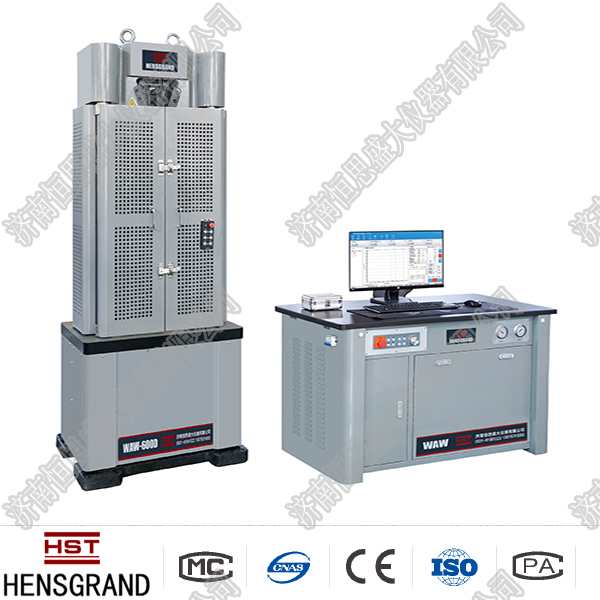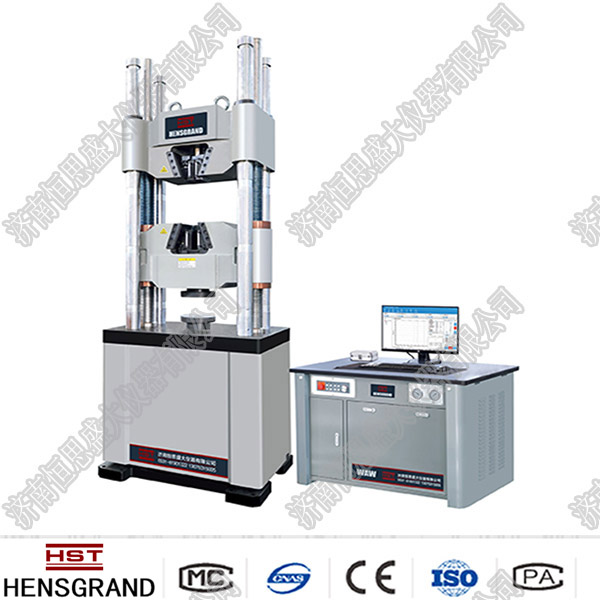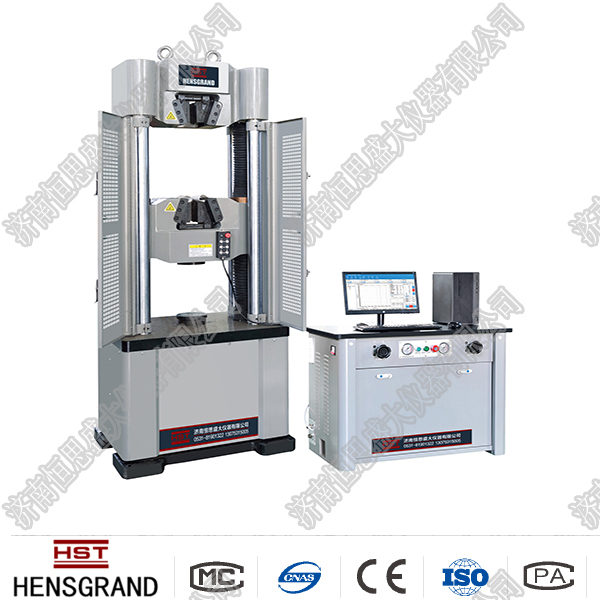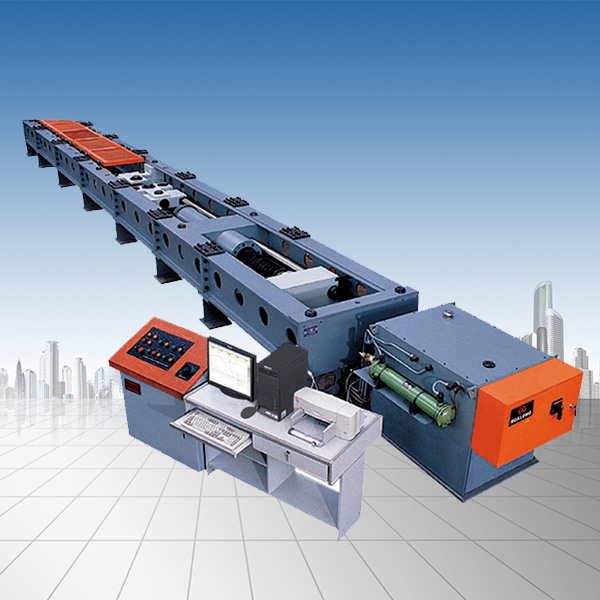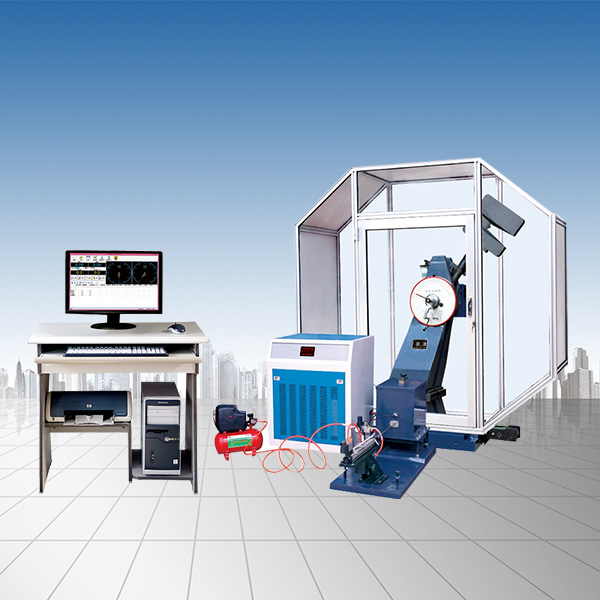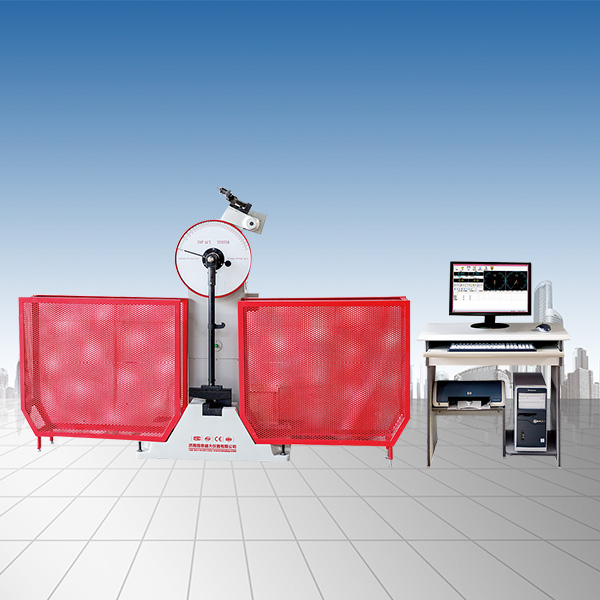Industry Information
Scope of use of universal testing machine fixture
Release time:2018-11-23 source:Jinan Hengsi Shanda Instrument Co., Ltd. Browse:
Universal testing machineScope of use: research institutes, commodity inspection arbitration institutions, colleges and universities, rubber, tires, plastics, metals, wires and cables, shoes, leather, textiles, packaging, building materials, petrochemicals, aviation, etc., are indispensable testing equipment for material development, physical properties tests, teaching research, quality control, feed inspection, and random inspection of production lines.
Fixtures are a part of the test machine that changes frequently according to the changes in the material sample. Different materials require different fixtures. It is an important factor in whether the test can be carried out smoothly and the accuracy of the test results. Reasonable and correct use of the clip is conducive to the smooth progress of the test. With the development of science and technology, various industries have higher requirements for materials, resulting in the continuous emergence of new materials and put forward higher requirements for the design of fixtures.
According to different test methods, fixtures can be roughly divided into: tensile fixtures, compression fixtures, bending fixtures, peel fixtures, shear fixtures, etc. Among them, tensile fixtures account for about 80% of the total fixtures.
Current status and development trend of fixtures
1.Testing machineThe development direction is from sample preparation and inspection to product (i.e. finished products, semi-finished products) inspection, which requires that the corresponding fixtures develop from fixtures originally used for standard sample testing to fixtures used for finished product testing.
2. The use of fixtures is developing towards high efficiency and low labor intensity. In the past, fixtures were generally mechanically locked, which was time-consuming and labor-intensive, labor-intensive and inefficient. With the improvement of the working environment and the need for large-scale tests (random sampling of production lines), the clamping method of fixtures has developed from the original mechanical clamping to the pneumatic clamping, hydraulic clamping, etc.
3. The increase in environmental tests (high and low temperature tests) and the increase in fixtures used for high and low temperatures. The increase in environmental tests (high and low temperature boxes) has added difficulty to the design of fixtures. We know that national standards for high-temperature tensile tests have regulations: round samples are used for threads and holes are present on the plate samples. Since the connection method is fixed, the design of the fixture is relatively simple. However, high and low temperature tests are different. They are generally tested in high and low temperature boxes, and their samples are generally short gauge distances (usually normal temperature samples). In this way, the fixture must be installed in a high and low temperature box. High and low temperature tests are generally limited due to the stroke of the test machine (the stroke of the test machine when installing a standard fixture). This requires that the clamp is small in size, meet the test force, and be resistant to high and low temperatures, which is generally difficult to design.
4. For special industriesTest fixtureincrease. With the development of science and technology, some emerging industries have put forward new requirements for test fixtures, such as requiring small structure, non-magnetic, corrosion-resistant (testing in solution), etc.
Due to the special use of test machine fixtures and the continuous emergence of new materials, the design of fixtures has always been in a passive situation. We come across new materials every day and need to design new fixtures. We can only summarize the successful experiences of the past to adapt to new development trends.
- Previous article:How to solve the fault in the operation of the tensile tester
- Next article:Summary of common faults of universal testing machine
Recommended productsPRODUCTS


















